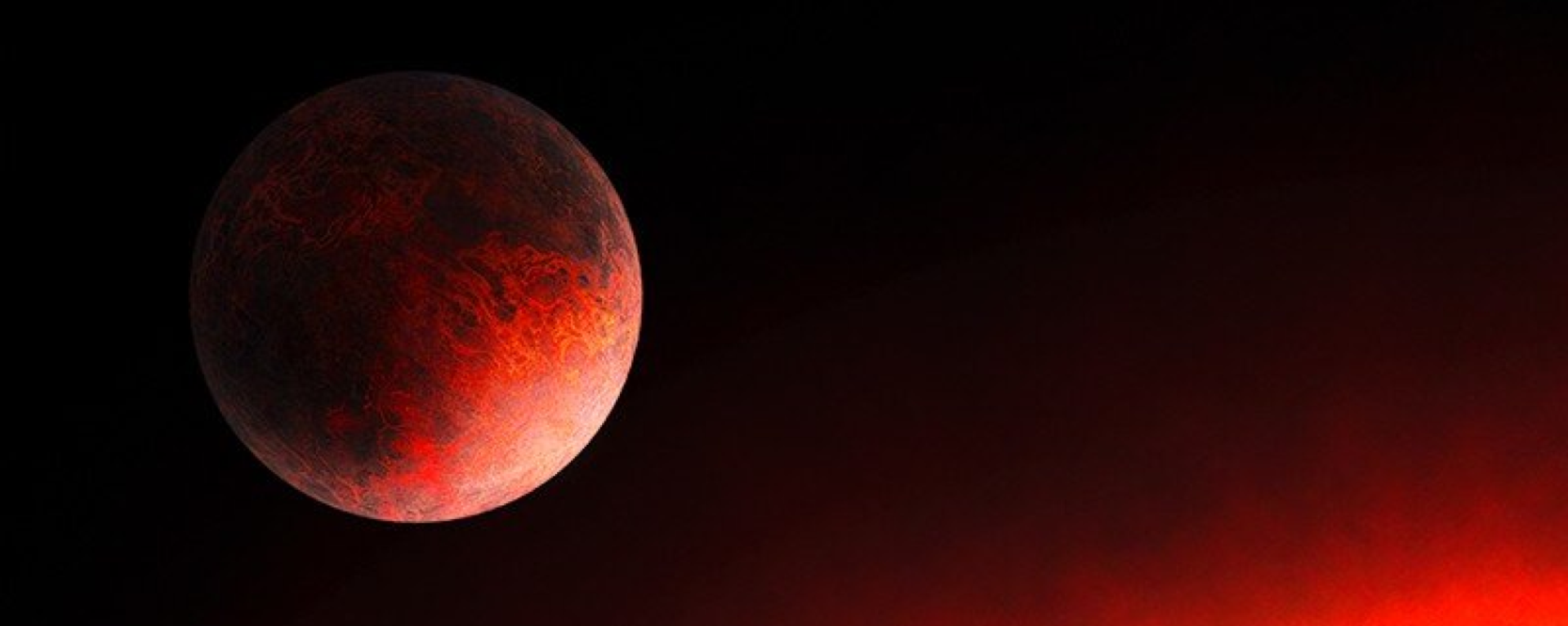https://sputnikglobe.com/20231003/new-wrinkles-show-mercury-solar-systems-smallest-world-steadily-shrinking-1113901342.html
New Wrinkles Show Mercury, Solar System’s Smallest World, Steadily Shrinking
New Wrinkles Show Mercury, Solar System’s Smallest World, Steadily Shrinking
Sputnik International
Mercury, the solar system’s smallest planet and the closest to the Sun, is continuing to shrink, scientists say. A new paper published in Nature Geoscience reports that the small, rocky world has new “wrinkles” on its surface.
2023-10-03T21:26+0000
2023-10-03T21:26+0000
2023-10-03T21:22+0000
beyond politics
mercury
astronomy
tectonic shift
shrinking
https://cdn1.img.sputnikglobe.com/img/104990/78/1049907820_0:0:1280:720_1920x0_80_0_0_7a51dd1dbc0a037f4c9340a8e888c5d4.jpg
Mercury, the solar system’s smallest planet and the closest to the sun, is continuing to shrink, scientists say. A new paper published in Nature Geoscience reports that the small, rocky world has new “wrinkles” on its surface.As Mercury has continued to cool since the period of its formation 4.6 billion years ago, the planet has shrunk an estimated 4.4 miles in diameter, according to previous studies of the tiny world. A similar process has played out on Earth’s moon, which shares many similarities with Mercury.Some of those scarps are estimated to be 3 billion years old, but recent studies have shown that many of them are much younger, indicating that the process is still unfolding.One of those who noticed odd behavior by the scarps was Ben Man, a PhD student at Open University in the UK, whose discovery led to the recent study. Man noticed the scarps had fractured in unusual ways, suggesting the crust had been stretched at certain places along fault lines. Dubbed “grabens” because of their similarity to structures on Earth, some are just 1 kilometer wide and 100 meters deep, indicating they are much younger than the larger fractures nearby.Because the grabens were so exposed and had not been buried by other debris from crumbling crust or meteor impacts, the scientists estimated they were roughly 300 million years old.
https://sputnikglobe.com/20230921/metalhead-earth-sized-exoplanet-made-mainly-of-iron-likely-remnant-core-of-much-larger-world-1113569906.html
mercury
Sputnik International
feedback@sputniknews.com
+74956456601
MIA „Rossiya Segodnya“
2023
News
en_EN
Sputnik International
feedback@sputniknews.com
+74956456601
MIA „Rossiya Segodnya“
Sputnik International
feedback@sputniknews.com
+74956456601
MIA „Rossiya Segodnya“
mercury; shrinking; wrinkles; astronomy
mercury; shrinking; wrinkles; astronomy
New Wrinkles Show Mercury, Solar System’s Smallest World, Steadily Shrinking
The tiny planet Mercury, which orbits at just one-third of the distance from the sun as the Earth, is a world of extremes, with the side that faces the sun being incredibly hot and the side that faces away being nearly as cold as space. Still, other star systems have planets that orbit even closer.
Mercury, the solar system’s smallest planet and the closest to the sun, is continuing to shrink, scientists say. A new paper
published in Nature Geoscience reports that the small, rocky world has new “wrinkles” on its surface.
As Mercury has continued to cool since the period of its formation 4.6 billion years ago, the planet has shrunk an estimated 4.4 miles in diameter, according to previous studies of the tiny world. A similar process has played out on Earth’s moon, which shares many similarities with Mercury.
Like the Earth and the other rocky planets, Mercury has a thin, rocky crust sitting atop a molten mantle, concealing an inner metallic core.
However, unlike Earth (but like the moon), Mercury doesn’t have tectonic plates, but a continuous shell of silicate rock that forms its crust. That crust tends to fracture and wrinkle as it is subjected to stresses, forming “lobate scarps” that zigzag for hundreds of miles across its surface.
Some of those scarps are estimated to be 3 billion years old, but recent studies have shown that many of them are much younger, indicating that the process is still unfolding.

21 September 2023, 21:02 GMT
One of those who noticed odd behavior by the scarps was Ben Man, a PhD student at Open University in the UK, whose discovery led to the recent study. Man noticed the scarps had fractured in unusual ways, suggesting the crust had been stretched at certain places along fault lines. Dubbed “grabens” because of their similarity to structures on Earth, some are just 1 kilometer wide and 100 meters deep, indicating they are much younger than the larger fractures nearby.
"Stretching may seem surprising on Mercury, where overall the crust is being compressed," said David Rothery, professor of planetary geosciences at the Open University and author on a new paper exploring the planet's contraction, "but Man realized that these grabens would occur if a thrust slice of crust has been bent as it is pushed over the adjacent terrain. If you try to bend a piece of toast, it may crack in a similar way."
Because the grabens were so exposed and had not been buried by other debris from crumbling crust or meteor impacts, the scientists estimated they were roughly 300 million years old.



